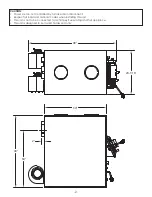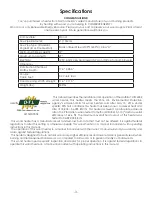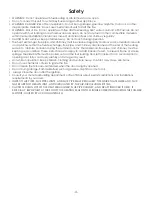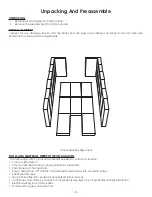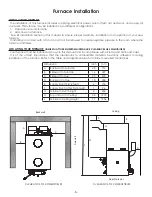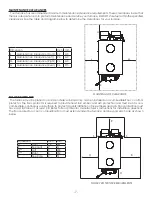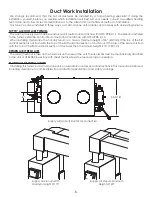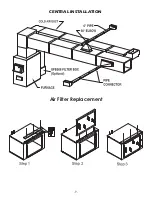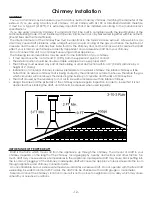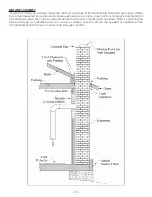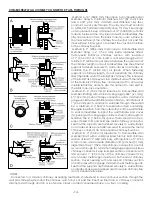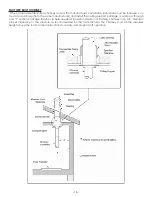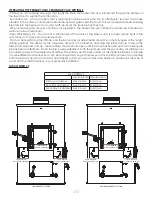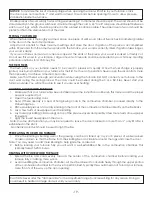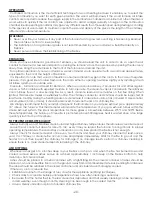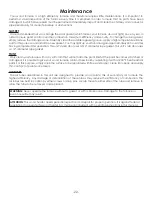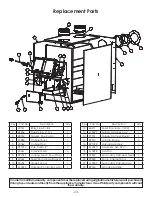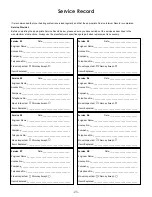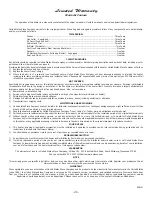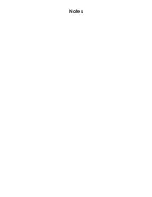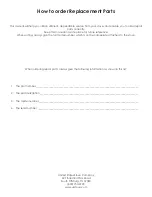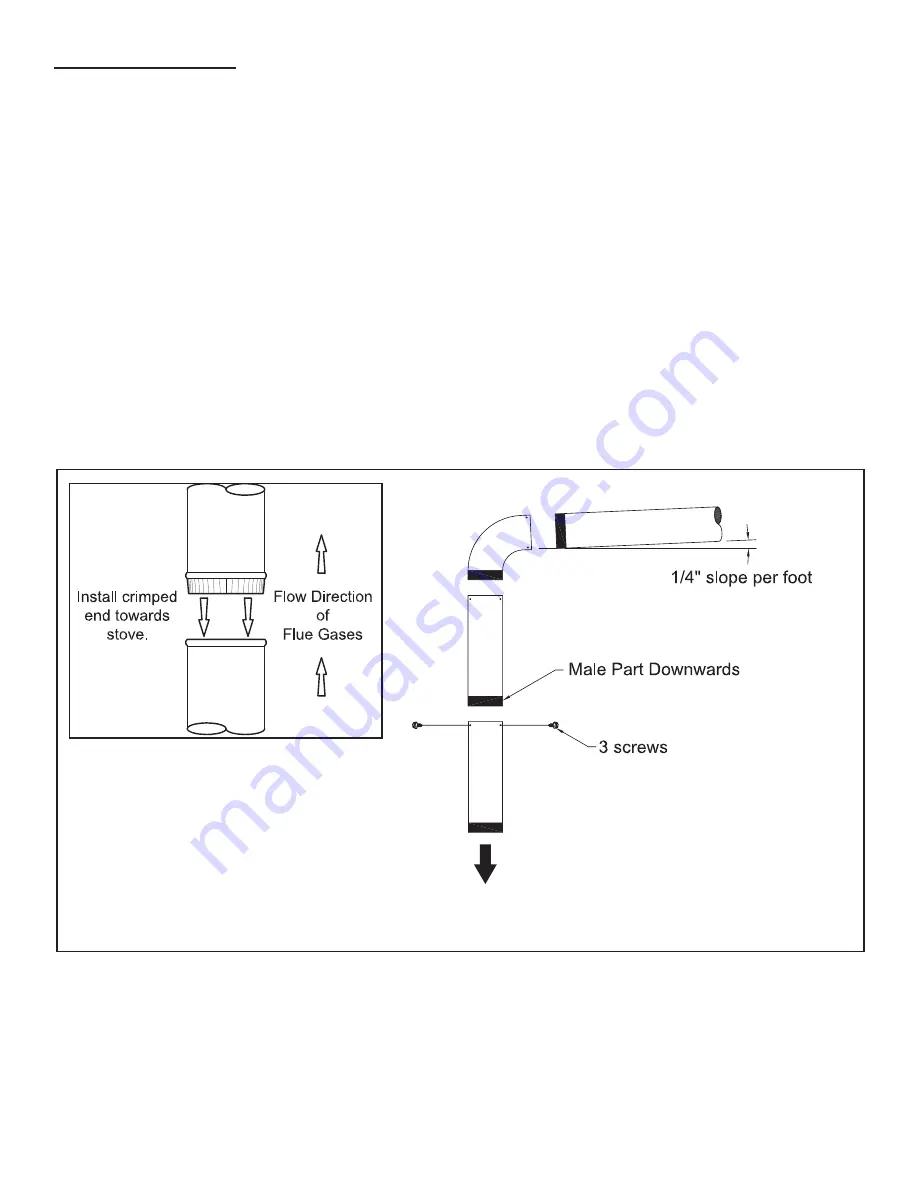
-15-
CHIMNEY CONNECTOR
Your chimney connector and chimney must have the same diameter as the furnace outlet. If this is not the case,
we recommend you contact your dealer in order to insure there will be no problem with the draft.
The furnace pipe must be made of aluminized or cold roll steel with a minimum thickness of 0.021” or 0.53 mm. It
is strictly forbidden to use galvanized steel.
Your connector should be assembled in such a way that the male section (crimped end) of the pipe faces
down. Attach each of the sections to one another with three equidistant metal screws. Seal the joints with furnace
cement.
The pipe must be short and straight. All sections installed horizontally must slope at least 1/4 inch per foot, with
the upper end of the section toward the chimney. Any installation with a horizontal run of furnace pipe must
conform to NFPA 211. You may contact NFPA (National Fire Protection Association) and request the latest edition
of the NFPA Standard 211.
To insure a good draft, the total length of the furnace pipe should never exceed 8’ to 10’ (2.4m to 3.04 m).
(Except for cases of vertical installation, cathedral-roof style where the smoke exhaust system can be much
longer and connected without problem to the chimney at the ceiling of the room).
There should never be more than two 90 degrees elbows in the smoke exhaust system.
Installation of a “barometric draft stabilizer” (fireplace register) on a smoke exhaust system is prohibited.
Do not use with a flue damper. With a controlled combustion wood furnaces the draft is regulated upon intake
of the combustion air in the furnace and not at the exhaust.
To
Appliance
Summary of Contents for HB1440E
Page 9: ... 9 CENTRAL INSTALLATION Air Filter Replacement ...
Page 27: ...Notes ...


